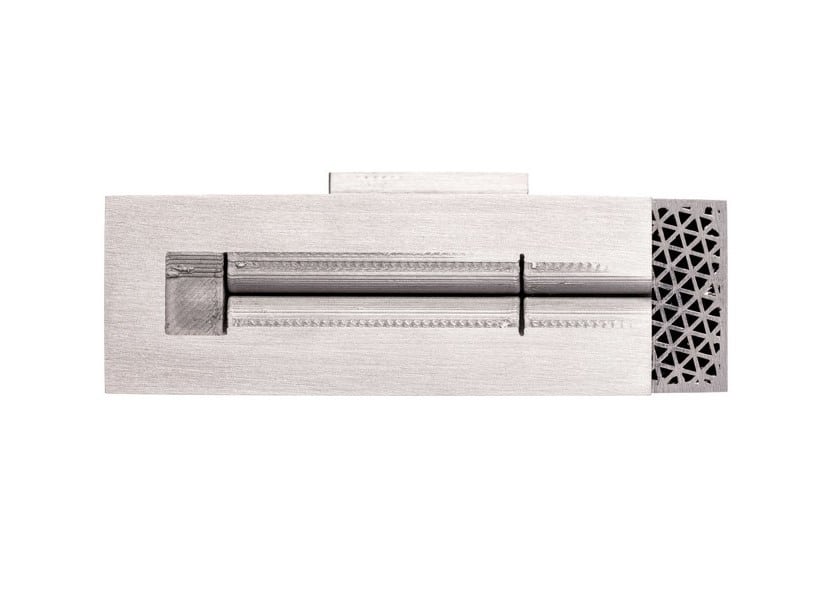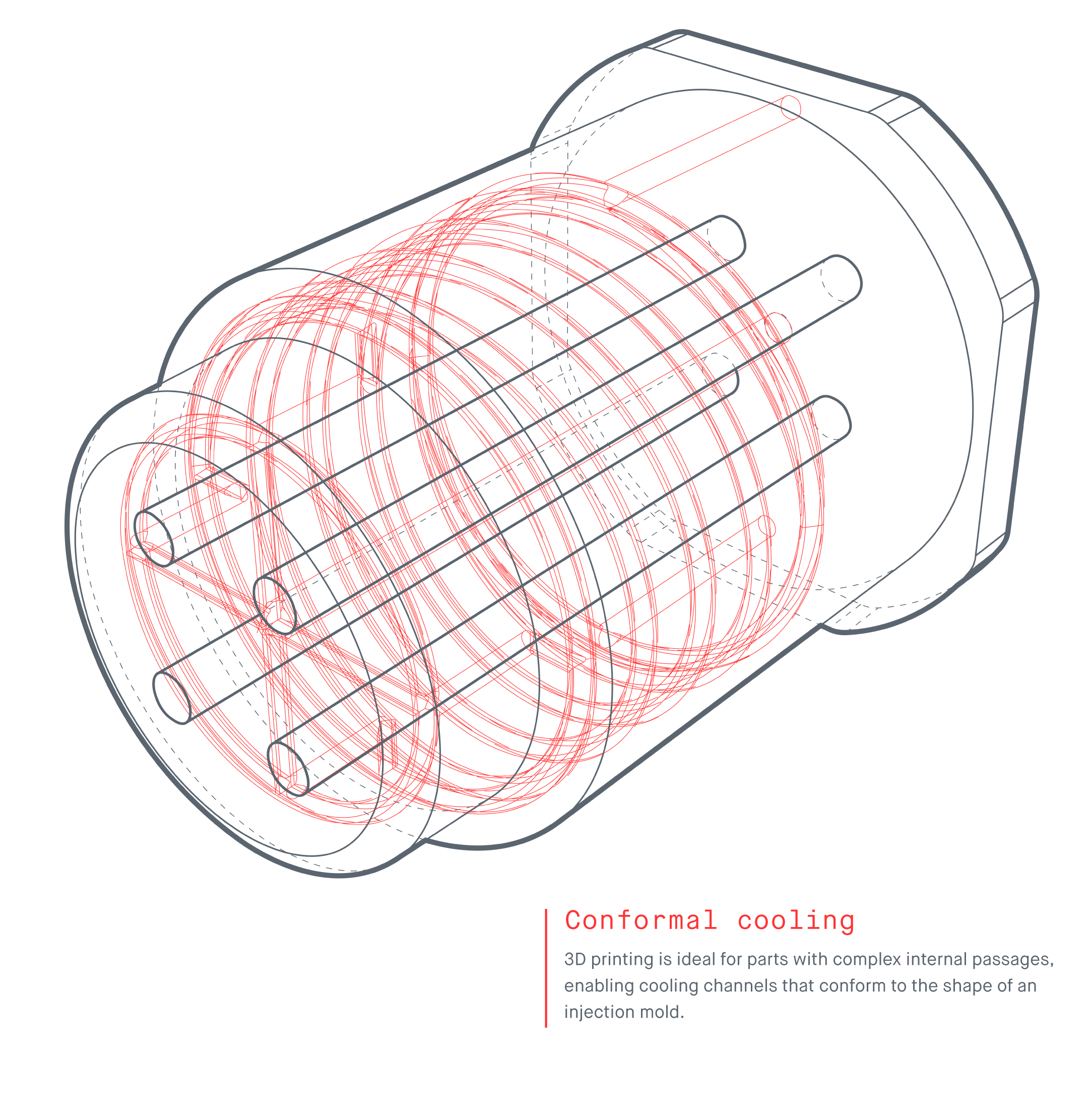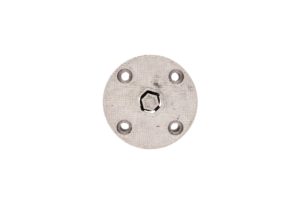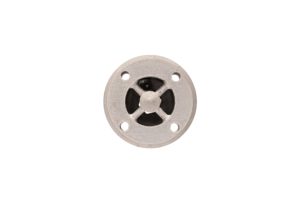Tooling is necessary to some extent for all manufacturing methods. High tolerance requirements, complex geometries and materials that are not easy to machine all fall in line as to why the tool-making process can be tedious. Tool-makers have the ability to tackle these challenges with in-house metal 3D printing.
Note: “Tooling” is a term for components that are used among many manufacturing processes. This includes injection molding, extrusion, stamping, casting, cutting and assembly. Various complex parts are included in a single tooling mechanism. The production of tooling can at times be complicated, which takes up a lot of time and costs.
The Challenge
Tooling, such as mold cavity inserts, extrusion dies, end-effectors, stamps, and cutting inserts, can commonly be produced in low volume and can require complex geometries and materials whose hardness make it difficult to work with. The challenge with this is that it affects both cost and lead time. An example of this would be within the auto industry, the lack of production of tooling components could ultimately end in millions of dollars wasted and add precious years to the product development timeline. Third-party tool-makers require processes be efficient because of limited and strict deadlines.

Advanced services that result in higher-quality parts allow tool makers to leverage the benefits of metal 3D printing.Using this method ultimately ends with in-house technology making it possible to win more bids using a more competitive timeline and reduced cost-per-part as a result of the on-demand production of tooling components.
Example 1 – Injection Molds With Conformal Cooling
An example of this would be how injection mold makers who create and build complex molds where plastic or metals are injected at high heat, and with force to form a part Limitations of traditional manufacturing methods bring challenges for making complex mold with all its components. Traditional manufacturing methods can also make it complicated to attain the required quality and detail based on the specifications for the intended application. 3D printing is exemplary for for complex and internal passages, enabling cooling channels which conform to the shape of an injection mold.
The process of molding a new part is crucial in quality assurance in applications such as injection molding and thermoforming, which accounts for about 95% of the cycle time. It’s recommended to consider the ability to cool parts quickly and uniformly. Because of limitations of traditional manufacturing methods, cooling channels can typically be limited to straight lines. Introducing 3D printing allows conformal channels to follow the shape of the part and allow uniform cooling. This minimizes or eliminates hot spots and increases coolant flow turbulence, which means a better part quality will be produced, overall reduction within cost-per-part, and up to 40% increase in throughput.

Why Choose 3D Printing?
The following are prime examples of using additive manufacturing:
- Produce tooling including cost
- Fabrication time
- Design flexibility
Both cost and fabrication time don’t always increase using part complexity, so creating complex tools such as molds with conformal cooling channels is not an issue. Printing geometries which would usually be impossible by using traditional manufacturing is made possible by processes such as Bound Metal Deposition™. Having the ability to consolidate multiple parts into one gives users the design freedom which isn’t accessible with traditional manufacturing.
Example 2 – Extrusion Die
Although 3D printing comes with the design flexibility, ease, and can achieve complex internal structures, implications on part cost are significant. An example of this would be something printed in 17-4 PH stainless steel. The part was fabricated with the Desktop Metal Studio System™ 3D Printer to conquer complex extrusion profiles, specifically, a hexagonal shape through which material will be injected.


Cost Comparison
Fabricating the extrusion die using Studi System bring down the cost-per-part by almost 92% compared to Direct Metal Laser Sintering, and 87% compared to CNC machining.
Studio System |
CNC |
DMLS |
$134 |
$1013 |
$1708 |
Savings |
87% |
92% |
Using Metal VS. Plastic
Most tooling will perform better if it is made from metal, although there have been many advances in plastic. Tooling is typically used in areas that have high heat and are often exposed to abrasive chemicals and media. Plastic parts will distort and warp in such environments and will eventually begin to disintegrate. Furthermore, it is proven to be mroe durable than plastic, so for tooling applications where a significant force will be applied, metal tools are necessary in order to prevent deflection and preserve repeatability.
H13 tool steel, Inconel 625, 17-4 PH stainless steel are all considered difficult to manufacture materials, which could also be desirable for tooling. The Studio System is capable of printing the above materials.